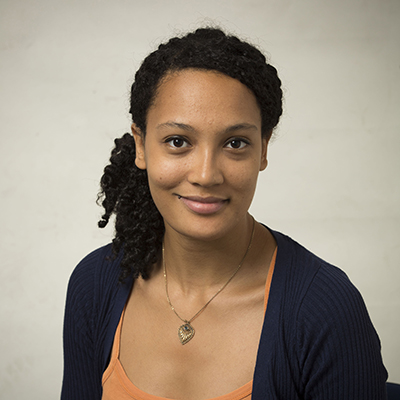About me
I have a new website! Please follow this link to see my up-to-date information.
I am a postdoctoral research associate interested in star and planet formation, massive stars and stellar multiplicity, which I study using some of the most powerful instruments available, such as those at the Very Large Telescope/Interferometer (VLTI) in Chile. My journey into astrophysics started with my masters degree (MPhys) at the University of Exeter. I went on to study for my PhD in Astrophysics at the University of Leeds, which focussed on the study of the circumstellar environments of massive forming stars and their discs in the infrared. I currently work at KU Leuven in Belgium as a part of the ERC MULTIPLES project. My various research pursuits are described below.
Massive stellar multiplicity
Within the ERC MULTIPLES project group, I use infrared interferometry to search for and characterise binary and multiple massive stellar systems. In particular I work with data from the GRAVITY and PIONIER instruments at the VLTI. So far during the first year of my postdoctoral placement within the group, I have been working on a few projects.
The first concerns the massive binary system HD148937 (a member of the rare Of?p class of massive stars) where one star within the system is magnetic and the other is not, which raises questions as to how this could occur. Working with multi-epoch inteferometric and spectroscopic data, we are characterising the orbital parameters of the system and determing the properties of the magnetic star, with future plans to do evolutionary modelling of the source to determine the origin of the magnetic star. A paper is in preparation.
The second project seeks to investigate the mulplicity of B stars. While the binary fraction of O stars has been characterised through interferometry, this is yet to be acheived for B stars. I have analysed PIONIER data of a sample of ~30 B stars, and find a high multiplicity fraction for the sample as well as the presence of a significant fraction of high-order systems. A paper is in preparation.
The final project seeks to determine the origin of massive stellar multiplicity by studying forming massive stars, or massive young stellar objects (MYSOs). Using interferometric data obtained with GRAVITY, one star forming region M17 is being analysed. This project is the subject of PhD student Emma Bordier’s thesis, who I co-supervise with Prof. Hugues Sana.
The circumstellar environments of massive young stellar objects
One of my interests is studying the envrionments and disks surrounding massive young stellar objects. While low-mass star formation has been observed to the point where multiple disc phases have been observed and identified, disc evolution is yet to be confirmed for high-mass stars. I studied MYSOs extensively during my PhD, using a combination of infrared interferometry, imaging, spectral energy distributions and 3D radiative transfer modelling. I am currently involved in a number of follow-up projects focussed on this work using MATISSE, spase-aperture-masking (SAM) (where an imaging telescope produces interferometric observables through the use of a mask) and have future plans to use the ELT. The pilot paper from my PhD work which focusses on a potential transitions disc around an MYSO can be found here and two papers presenting the results of multi-scale survey of MYSO discs have been submitted.
Spectroscopy of Herbig Discs
As a member of the Instituut voor Sterrekunde at KU Leuven, I enjoy observing with the HERMES spectrograph at the KU Leuven-owned Mercator telescope. With my observing time, a new project I have started uses the instrument to study the inner regions of Herbig discs using optical/infrared spectroscopy in collaboration with Dr. Alice Booth (Leiden Observatory) and Dr. James Miley (ALMA).
Astronomers for Planet Earth
I am a member of the Astronomers for Planet Earth initiative, which seeks to bring astronomers together to help engage the public with the details of the climate crisis and to discuss how we can make astronomy as a field more environmentally friendly. I am on the SOC for the group’s proposed sessions for the European Astronomy Society 2021 conference.
